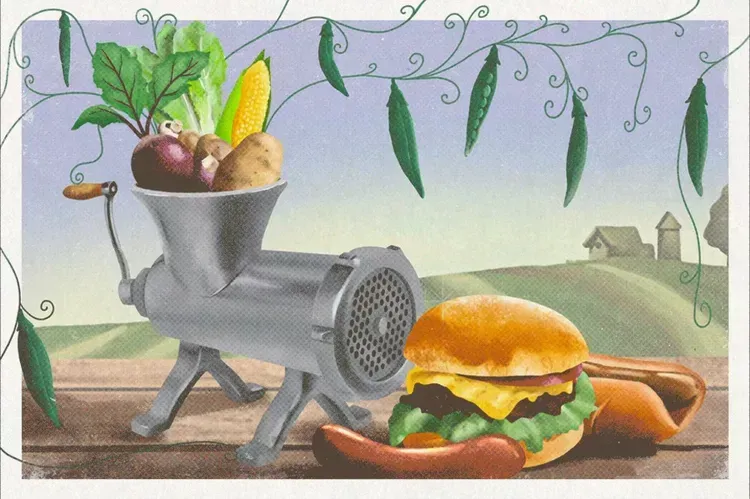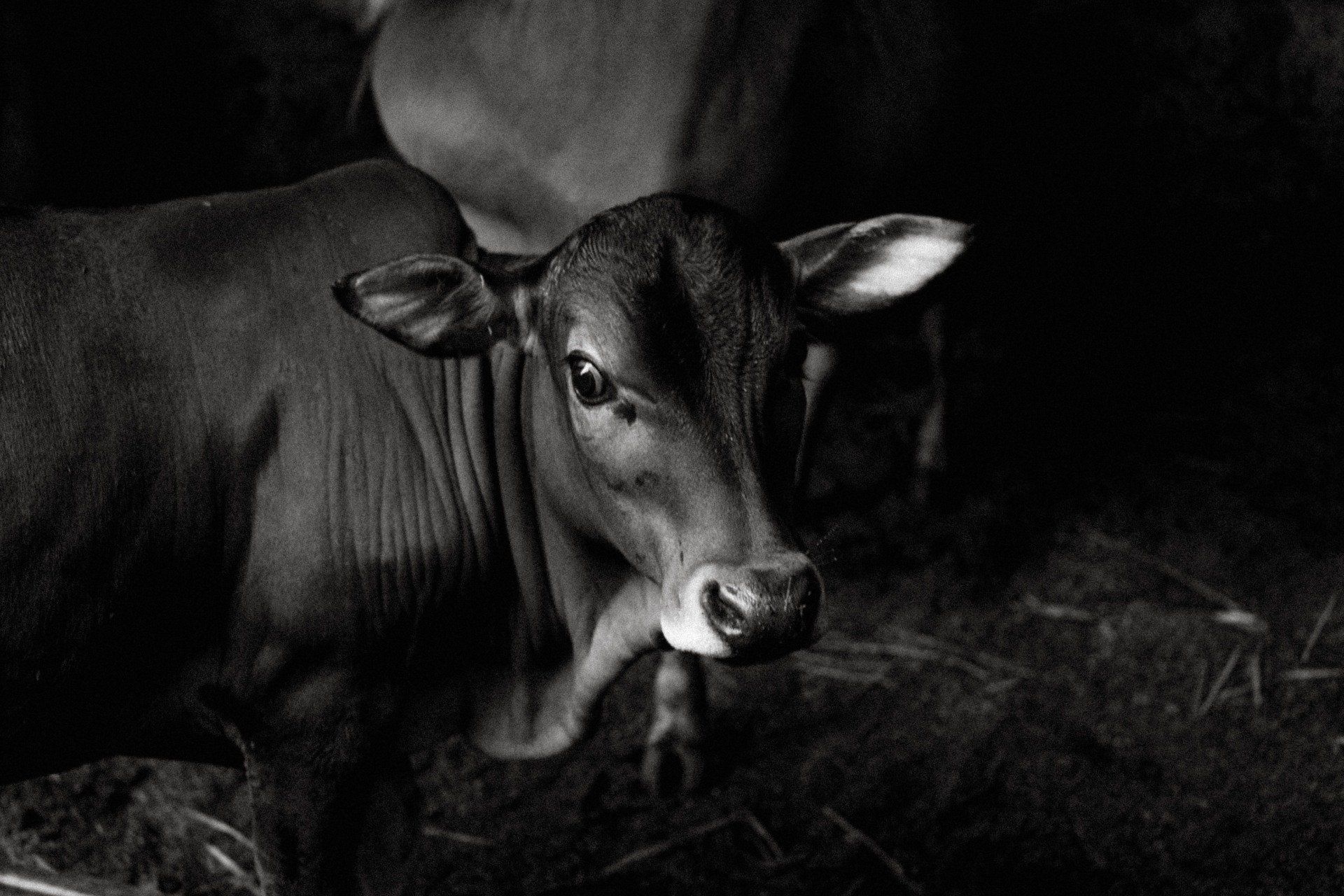CONSIDERING CARBON MARKETS? LOOK BUT DON’T LEAP
Farmers would be wise to look into, but not jump into any agreements with companies to be paid for conservation measures that remove carbon from the air.
That’s because the pay to farmers for those measures isn’t much right now, but it’s expected to increase in the next 10 years, said Brent Sohngen, a professor of natural resources and environmental economics at The Ohio State University College of Food, Agricultural, and Environmental Sciences (CFAES).
Contracts to start no-till farming or plant cover crops pay $2 to $15 per acre annually, Sohngen said. And both measures come at a cost. Cover crops can be expensive, and no-till farming can reduce yields on a corn crop. So, the expenses or potential crop profit loss would have to be weighed against the carbon payments to farmers.
“Carbon is now a commodity, and there is great potential,” Sohngen said. “But at the current prices, I have trouble seeing a huge impact in the farming sector right now. The best option seems to be to get prepared.”
Carbon markets is the topic of a panel discussion Sept. 21 from 9:30 a.m. to 10:30 a.m. during this year’s Farm Science Review at the Molly Caren Agricultural Center near London, Ohio. “Carbon Markets: From All Sides Now” will include Sohngen along with Peggy Hall, a CFAES agricultural and resource law field specialist; Luke Crumley, director of public policy and nutrient management for the Ohio Corn and Wheat Growers Association; and Jessica D’Ambrosio, Ohio agriculture project director for The Nature Conservancy.
“Farmers are always looking for ways to diversify their income, and carbon markets are one way of doing that,” said Ian Sheldon, a CFAES professor and the Andersons Chair of Agricultural Marketing, Trade, and Policy who will moderate the Sept. 21 discussion.
“Carbon markets will only work if it’s profitable for farmers to participate, and the prices they receive reflect the true benefits from companies offsetting their carbon emissions,” Sheldon said.
If farmers’ conservation measures lead to better water quality along with less carbon in the air, farmers should be fairly compensated for generating those environmental benefits as well as the carbon benefits, he said. Although farmers may want to wait before entering any carbon market contracts now, farmers can start figuring out how much carbon they can retain in their soil, what practices for carbon capture would work on their farm, and how much they’d have to spend, Sohngen said. That would help them evaluate future carbon contract options.
Planting trees, another conservation measure farmers can be paid for, will bring in more than cover crops or no-till farming, in the range of $55 to $110 per acre annually, Sohngen said.
Carbon markets have emerged in recent years as large international companies have vowed to offset the carbon dioxide they put out in emissions from producing and transporting products. That can be done by paying farmers and foresters to take measures that store more carbon in plants and soil. When plants grow, they take up carbon dioxide through photosynthesis, and the carbon is stored in the plant. After the plant dies, it breaks down and the carbon from that plant goes into the soil, where it can enrich the soil.
Farms and forests across the United States already remove over 770 million tons of carbon dioxide per year, or about 10% of the country’s emissions, from the atmosphere, Sohngen said.
When carbon market prices rise, more farmers will sign on to agreements, he said.
“I think it’s something that’s emerging,” Sohngen said of carbon markets. “Within a decade, I wouldn’t be surprised to see 20% to 40% of Ohio farmers involved in a contract.”
The carbon markets panel discussion will be at 426 Friday Avenue at Farm Science Review. Hours for FSR are 8 a.m. to 5 p.m. Sept. 21–22 and 8 a.m. to 4 p.m. Sept. 23. Tickets are $7 online, at county offices of OSU Extension, and at participating agribusinesses, and $10 at the gate. Children ages 5 and under are admitted free. For more information, visit fsr.osu.edu.
FOR MORE INFORMATION, CONTACT:
WRITER(S):
Alayna DeMartini
614-292-983Brent Sohngen
sohngen.1@osu.edu
614-688-4640
You might also like
Jaynie Norman


